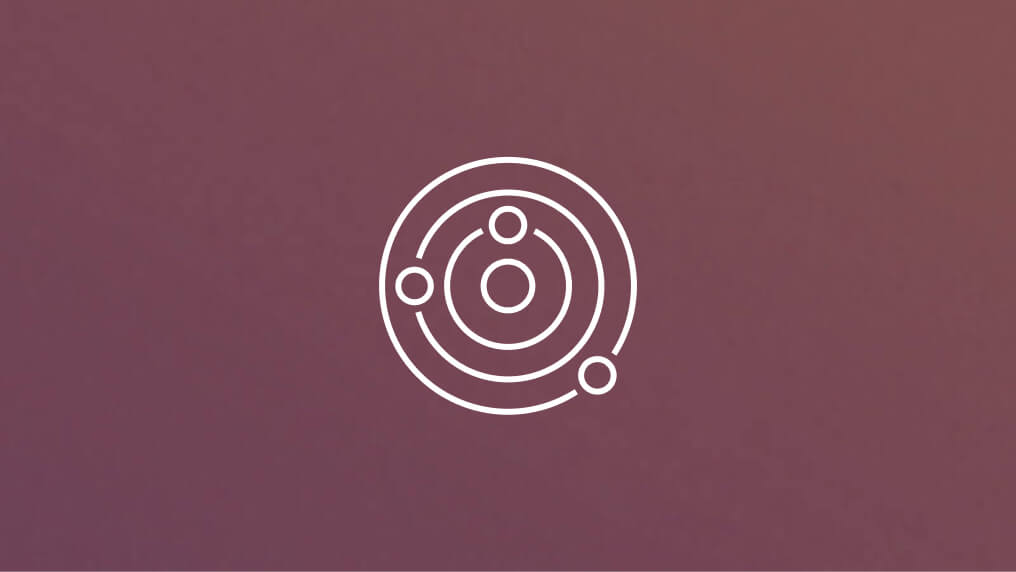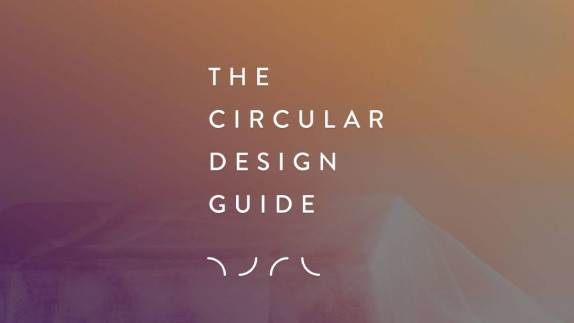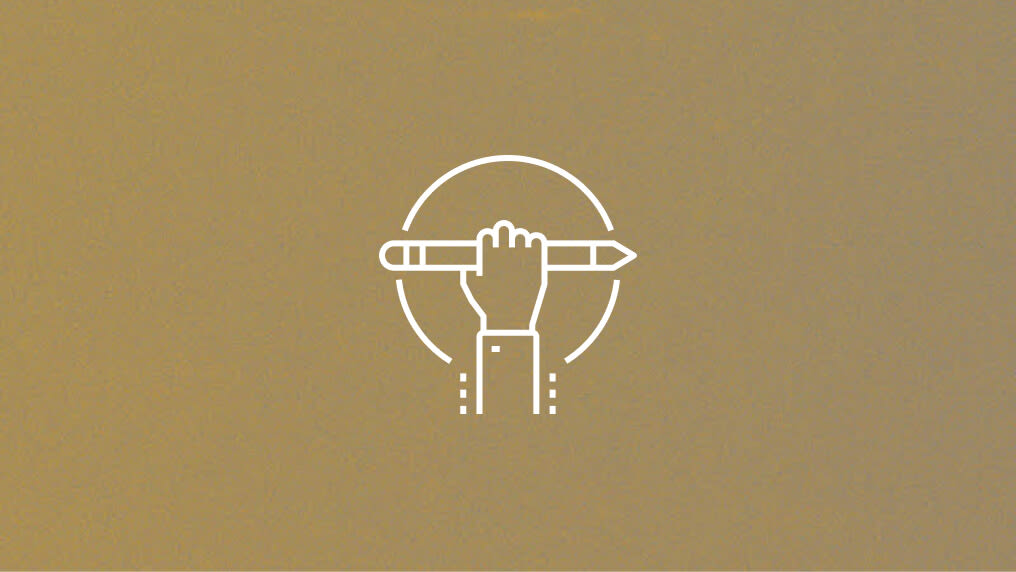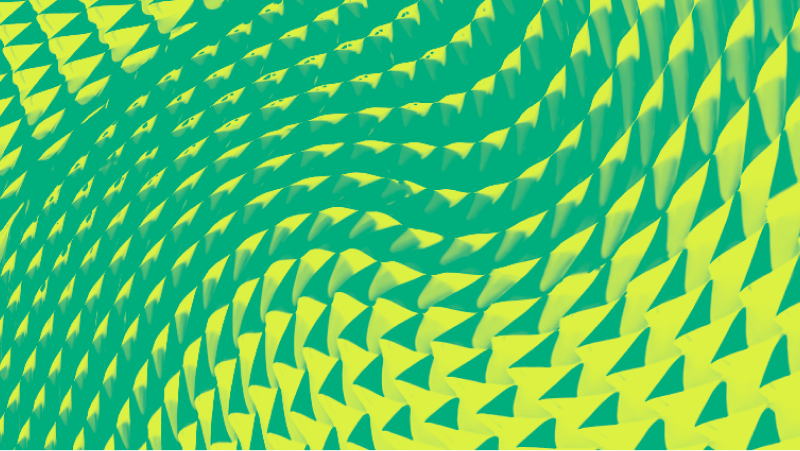Understand the needs of everyone involved in the use cycle of your circular proposition(s) – the end users or beneficiaries, but also suppliers, manufacturers, retailers and others who may reuse your materials.
User-centred research helps you gain empathy for the people you are designing for. In the circular economycircular economyA systems solution framework that tackles global challenges like climate change, biodiversity loss, waste, and pollution. It is based on three principles, driven by design: eliminate waste and pollution, circulate products and materials (at their highest value), and regenerate nature., you are not only designing for a customer or user, but also for a range of people who may sit within your extended value chain. It will help you gain a better understanding of what’s important to people each step of the way for the product or service you are creating.
Steps
Step 1
Start by defining all of the individuals who sit within your value chain. This should include your potential users. Who are the people you envision benefitting the most from this product or service?
Step 2
Next, create a set of questions based around what you’d like to learn. Most importantly, see if you can come up with questions that look to understand user needs. What do they experience? What could make their lives easier? etc. For tips, head to the Interview Best Practices guide and prepare for your conversations.
Step 3
Set up a time to speak with these individuals. It’s best if you can meet them in their environment to gain a better understanding of their world. (If you are meeting a user, can you meet them in their home or workspace? If you are talking with a manufacturer, can you meet at the factory? Or if you are meeting with someone who might reuse your material, can you meet them in their workspace, or a recycler in their plant?)
Step 4
When you speak with these individuals, capture what they say as stimulus for discussion with your team. If possible, take photos of things you find interesting or inspiring.
Step 5
Once you’ve completed all of your interviews, spend some time with your team capturing your learnings and insights. Take turns telling the stories of what you’ve heard. (Ask yourselves – what surprised you? How might what you learned affect what you design? What ideas might these learnings inspire?)
Step 6
Finally, now you have your main user needs, think about what circularity could offer around this product or service, and pair them to user needs before heading into brainstorming.

Circular Design Guide
This page is part of the Circular Design Guide. Get an overview of the project, or dive straight into our activities to help you understand, define, make, and release circular innovations.
You may also like

Find circular opportunities
Start with an achievable small initiative that can scale over time





